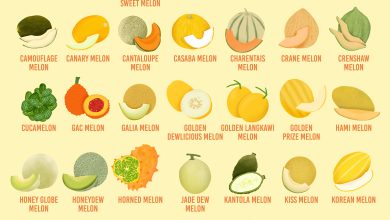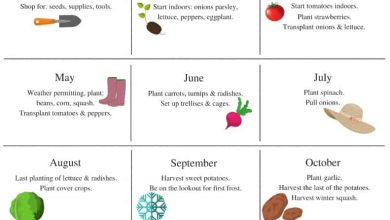Types and Varieties of Cauliflower
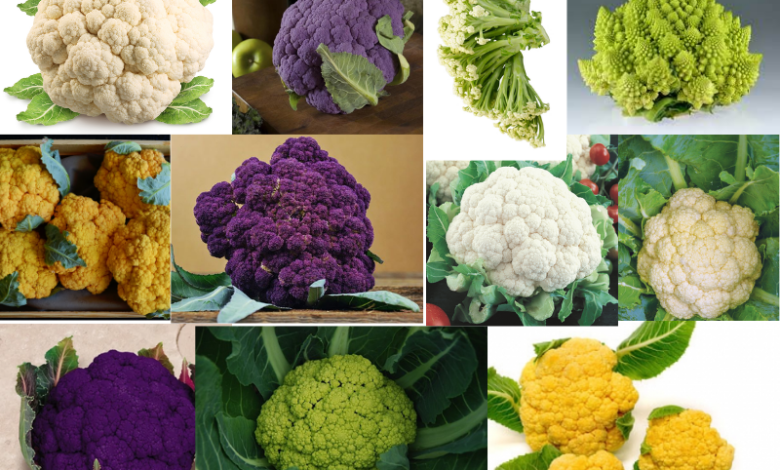
In this article we show you more than 15 different varieties of cauliflower. In addition, we will show you the different types that you can find, either by area, color or type.
Can you come with us?
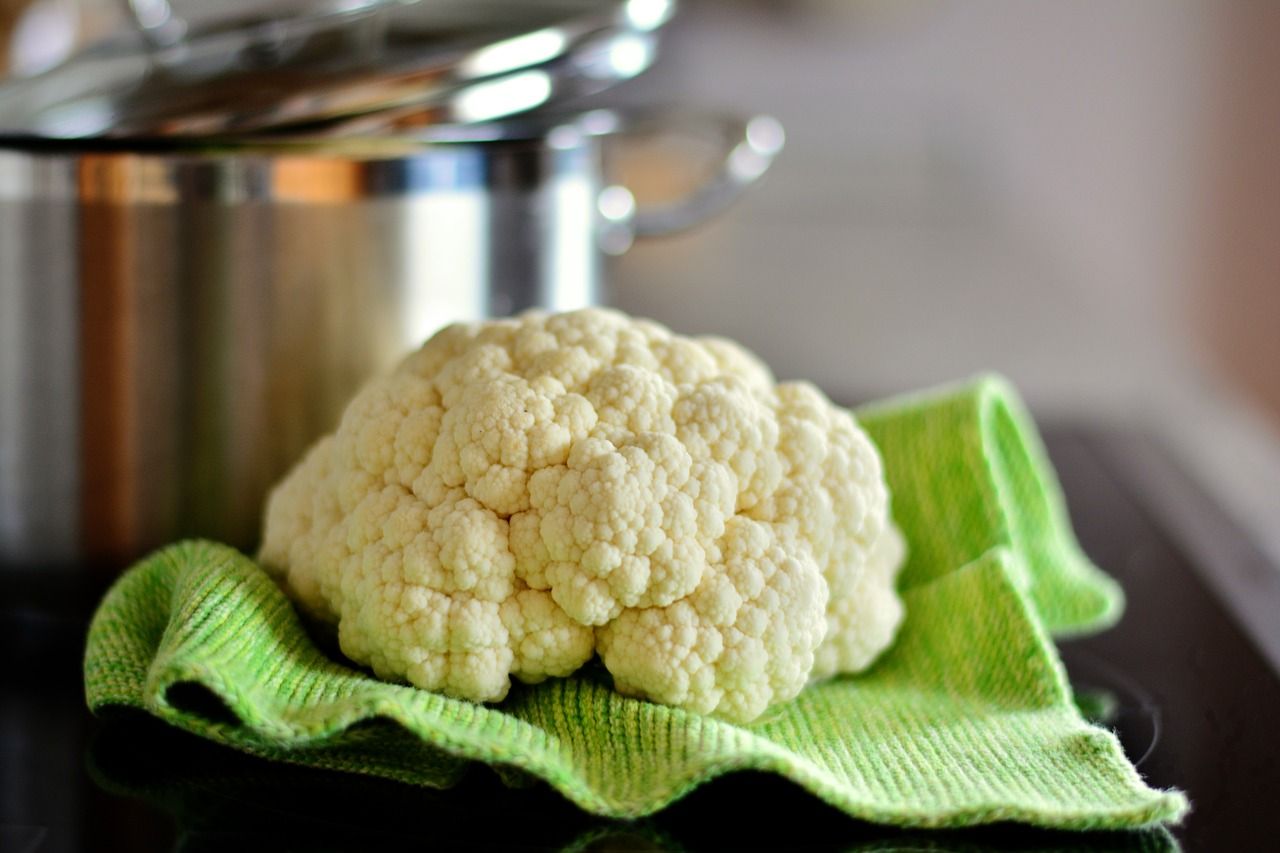
Cauliflower (Brassica oleracea) is a herbaceous plant belonging to the brassica family, like cabbage, cabbage, and broccoli . A vegetable very rich in vitamins and minerals that is high in fiber and low in calories and, therefore, widely used in slimming diets.
The part that is consumed is the unripe inflorescence, known as pella or pineapple, which has a great flavor and is used in different ways, both raw and cooked.
Due to its contribution of vitamins and minerals, it is beneficial for treating heart and circulatory diseases and in the prevention of some types of cancer.
types of cauliflower
green cauliflowers
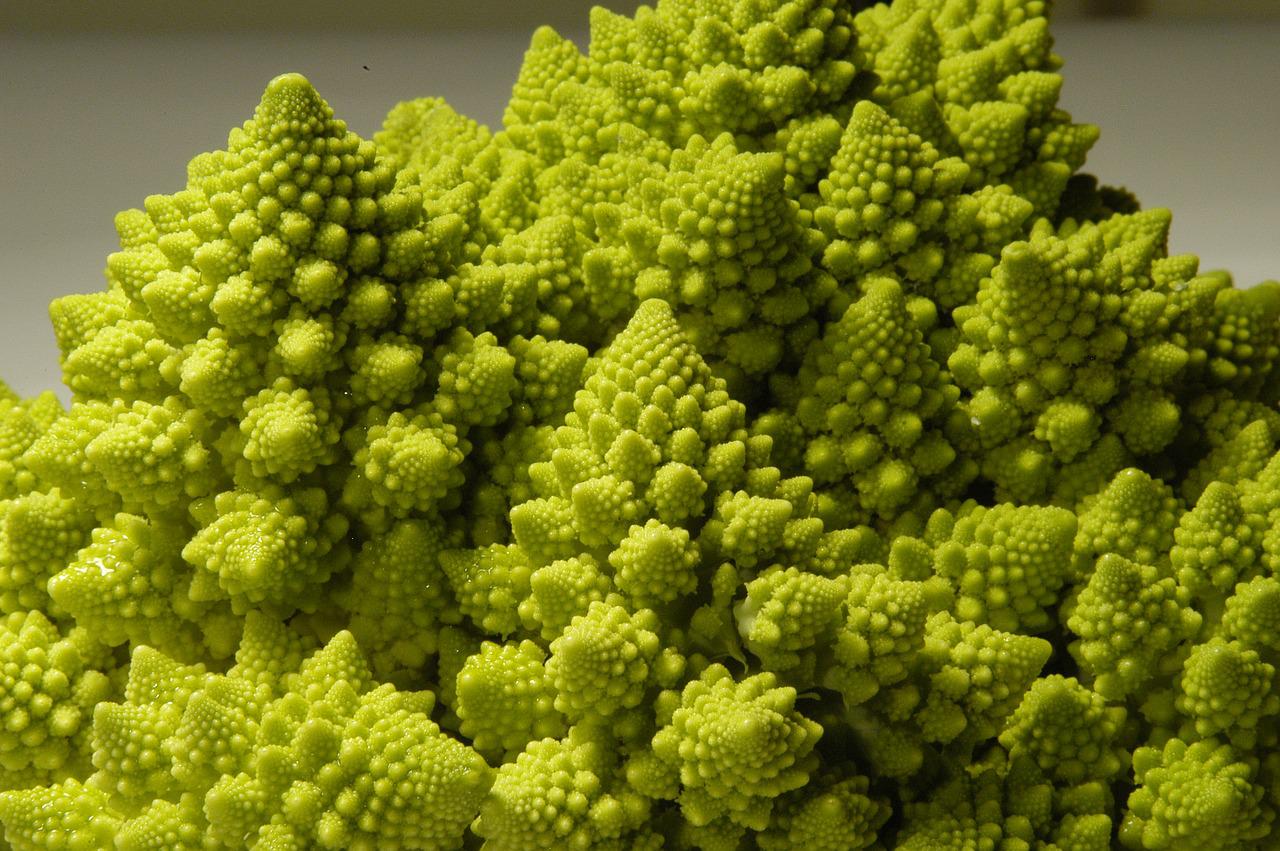
One variety of green cauliflower is called Romanesco, and it is lime green in color with pointed pinnacles on the surface of the head. They are small heads, slightly smaller than many other types of cauliflower, and the plant itself tends to be less vigorous than other varieties.
Romanesco has a mild nutty flavor, much like broccoli, and makes a very appealing dish.
Green cauliflower is also called broccoli, and it is available in numerous varieties. Since the early 1990s, these types of cauliflower have been commercially available throughout Europe and the United States, and other well-known varieties include the Vorda, Alverda, and Green Goddess. Among the Romanesco varieties are the Veronica and the Minaret.
Cauliflower Orange
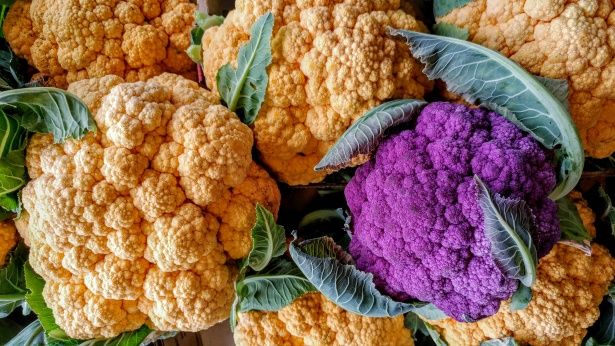
Also known as Cheddar cauliflower, it is a hybridized variety that develops bright orange curds. They contain more of the orange pigment known as beta-carotene (which acts as a precursor to vitamin A) and they hold up well on the plant because they are robust, even when they don’t produce flowers at harvest time.
In fact, when you cook this type of cauliflower the color becomes even brighter and deeper, and due to its durability, you can harvest the plants at various times instead of all at once and still enjoy their flavor and texture. The Orange Bouquet is another variety of orange cauliflower.
There are four types of cauliflower: rounded, domed, conical and flattened, and their varieties depend on the harvesting cycle, such as those described below.
purple cauliflower
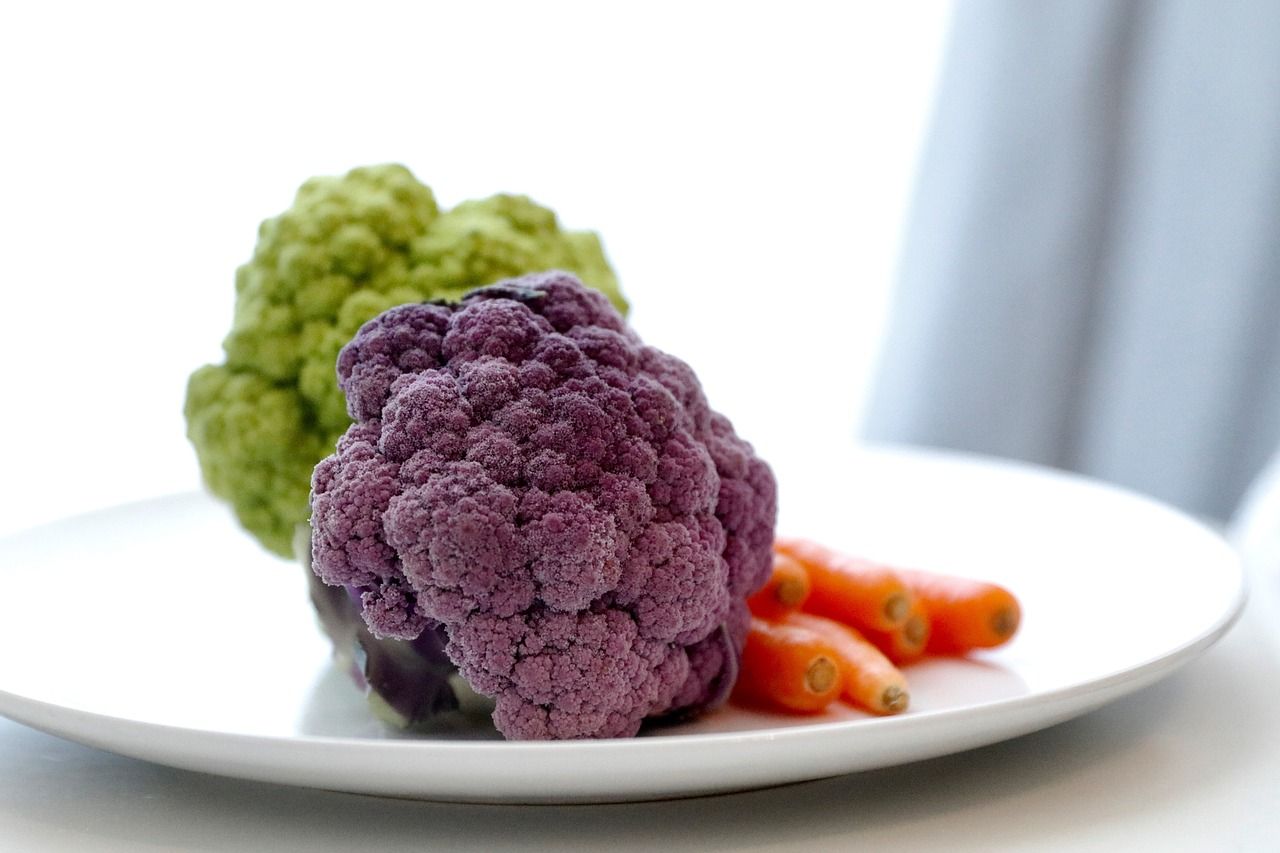
Both Graffiti cauliflower and Purple Head cauliflower have a striking purple curd, which is tender and has a mild flavor.
You can cook these types of cauliflower or toss them in your salads, and while Graffiti cauliflower retains its purple color even after cooking, Purple Head cauliflower will turn green. Packed with vitamins and minerals, just like other types of cauliflower, purple cauliflower plants are very healthy for you and taste great.
The purple color of this type of cauliflower comes from water-soluble pigments that are also found in red wine and cabbage, and among the purple varieties are the Purple Cape and the Violet Queen, the latter with a very vivid purple curd and tastes great when eaten raw.
In southern Italy and Britain there is a type of broccoli that has tiny sprouts and is called purple cauliflower, although it doesn’t technically fall into this category.
european cauliflower
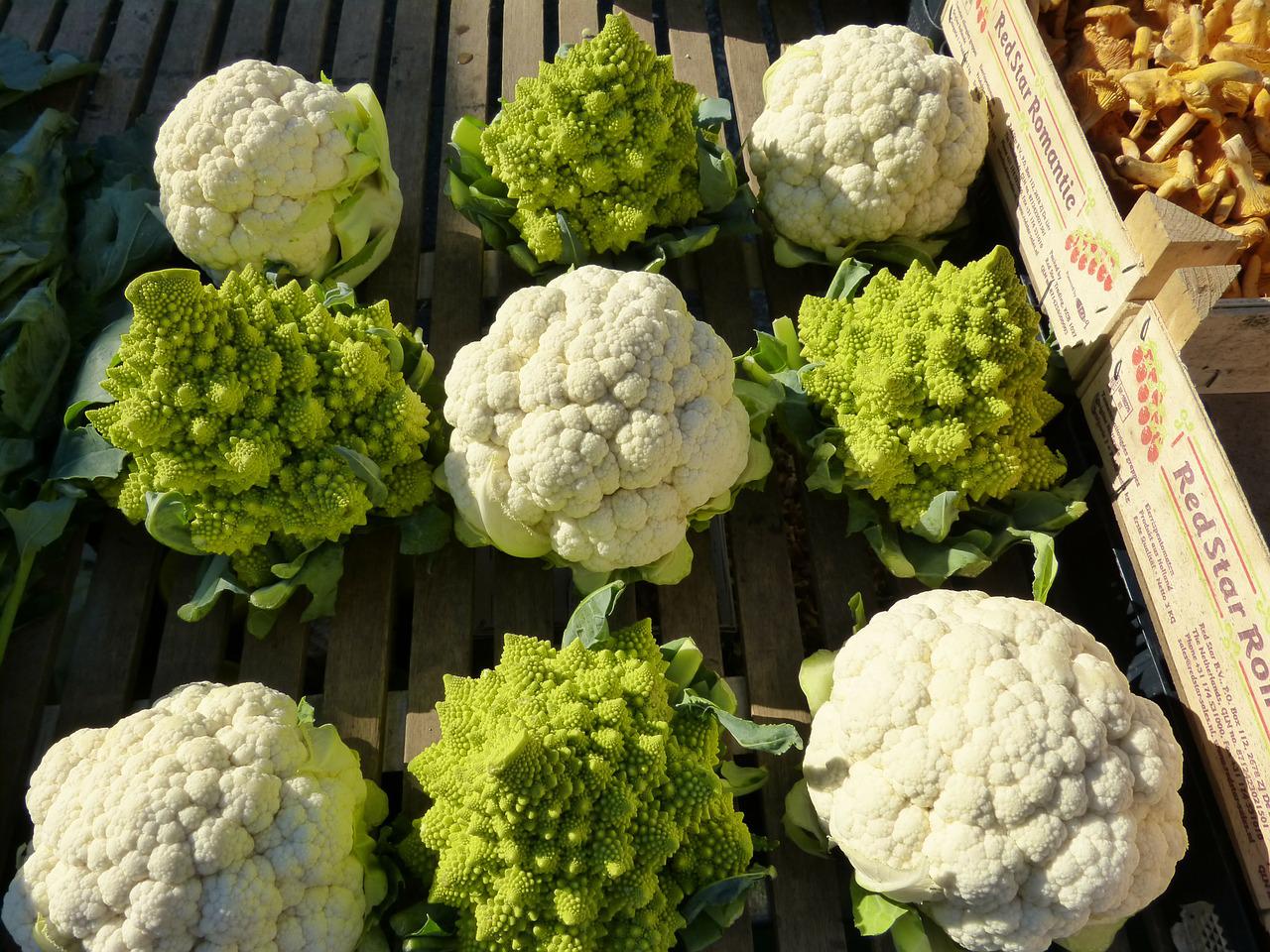
The original cauliflower was developed in Italy, but was later brought to other parts of Europe, including Germany, France, England, and the Netherlands. Some of the more important types are Northern, Anger, Roscoff, Cornish, Erfurt and Snowball.
Most are grown in cool climates, although the Erfurt can be grown during the summer months. Here are some characteristics of these types of cauliflower:
- Cauliflower from Angers: highly wavy, toothed leaves; the curd is solid white.
- Cornish cauliflower: long-stemmed, loose-leaved; flat curd with a lot of flavor.
- Northern Cauliflower: broad, wavy leaves; well-protected and tasty curd.
- Roscoff Cauliflower: long, erect leaves with pointed tips; bluish -green leaves and white to creamy white rennet.
- Snowball and Erfurt Cauliflower: dwarf plants; short green leaves; solid curds and very well protected.
Indian cauliflower
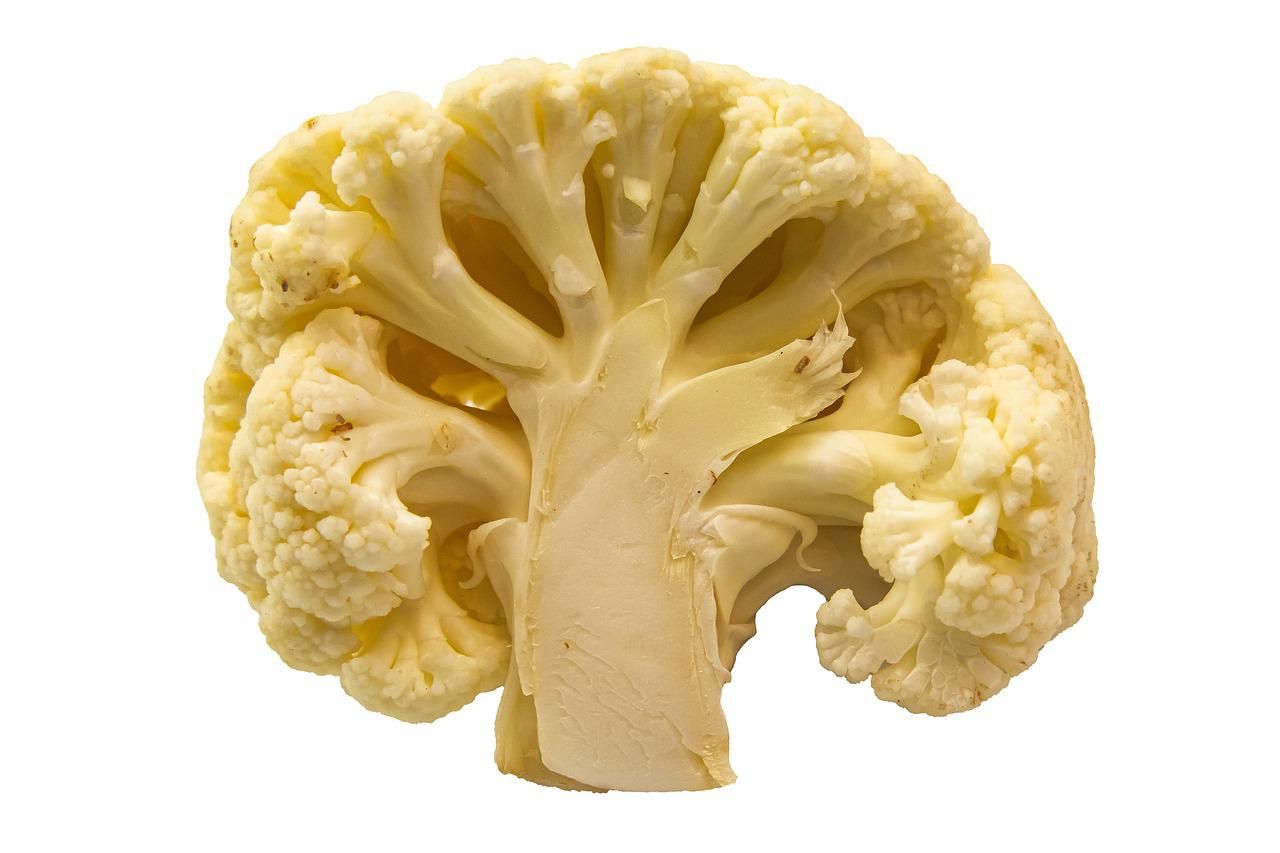
These types of cauliflower are inherently different from those grown in Europe, mainly because they withstand high humidity and heat much better, and because they ripen fairly quickly. Most Indian cauliflowers are dwarf varieties of the Snowball or Erfurt variety.
Cauliflower Varieties for Summer and Fall
Below we show you some short-cycle varieties of 45 to 90 days, summer- autumn harvest, such as the following:
natal romanesco
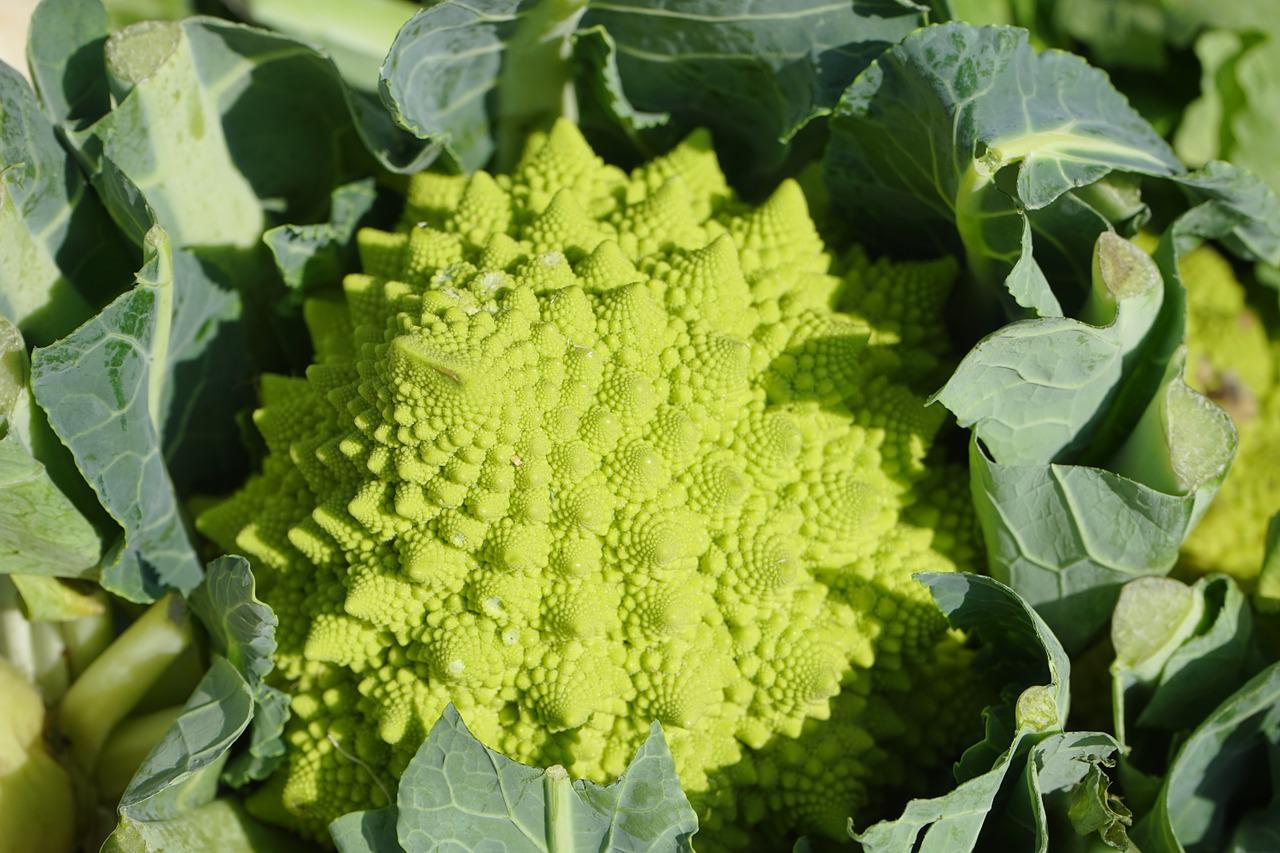
It is pyramidal in shape, with a medium-sized, light green pellet. Broccoli – like flavor and can be easily frozen.
Cauliflower Freemont
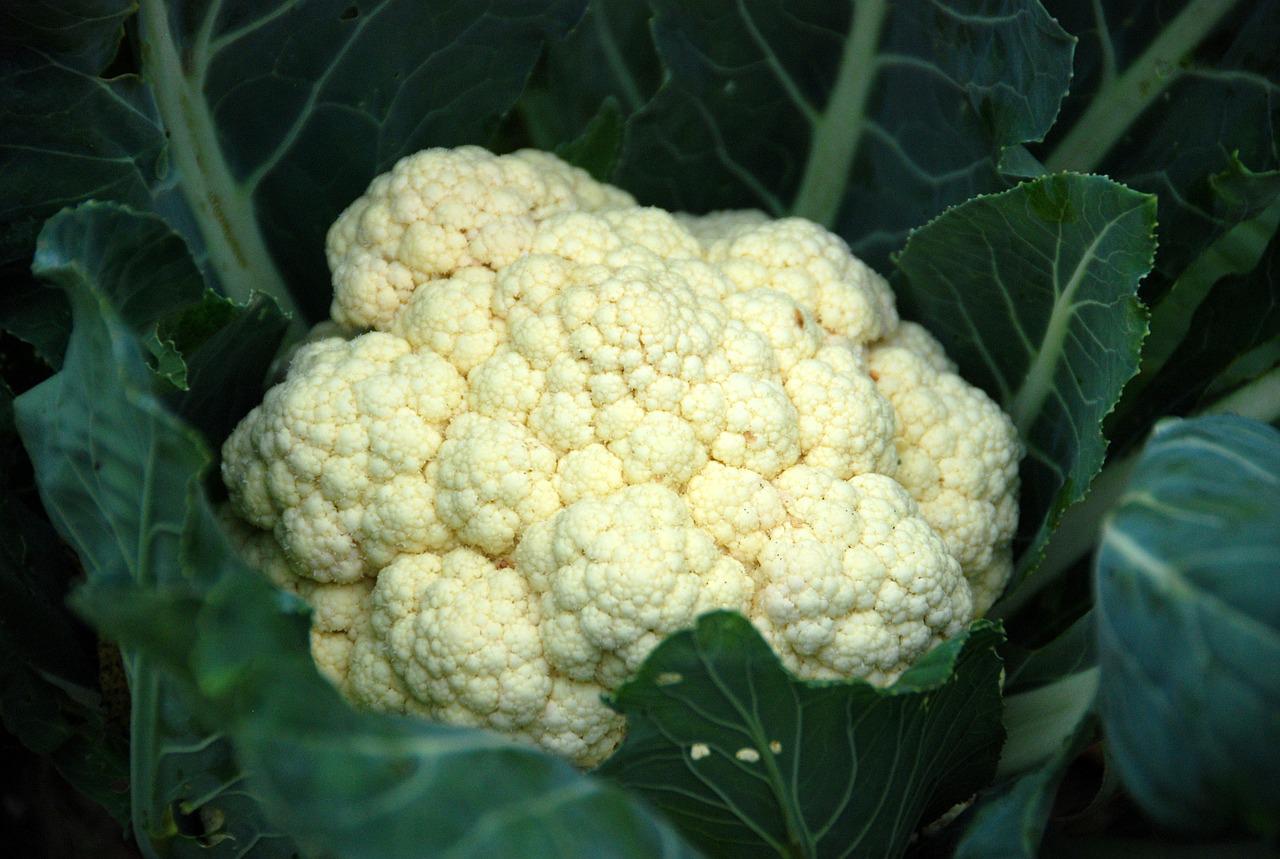
Cauliflower variety with a very compact, medium-sized, rounded and flattened head.
Snowball
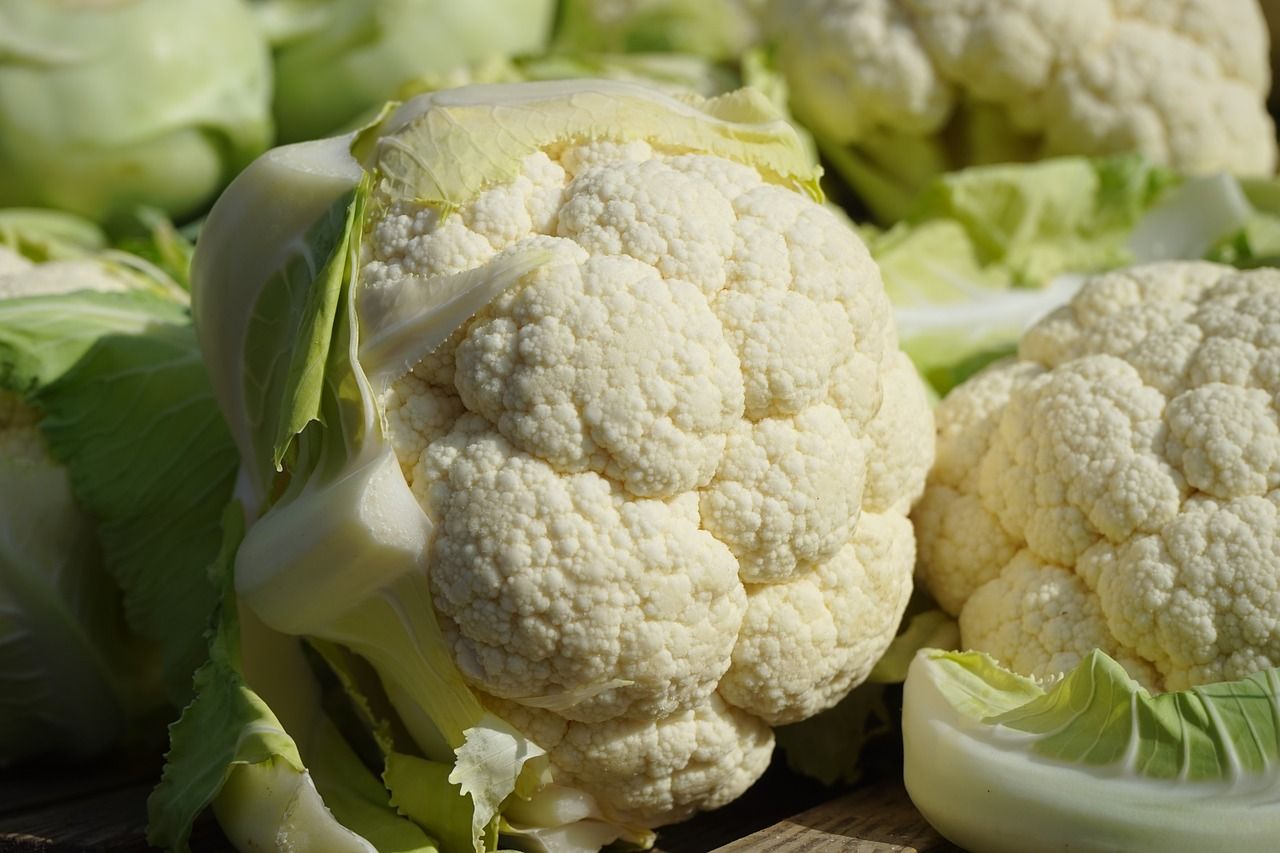
With fine and tight grain, spherical and compact pellets of medium size.
Snowball cauliflower is a superb heirloom variety, there is probably no better cauliflower to grow in your garden. The pure white, snowball-sized heads can be harvested when small at 5cm or matured to 15cm; they can also be forced.
Wonderful
Resistant variety, easy to grow, with white, voluminous and dense hair, wide foliage and medium size, which preserves very well after harvest.
Varieties for late fall and winter
Medium cycle varieties and harvest from late autumn to mid- winter, 3-4 months. The pellet is very compact, more compact than the short cycle varieties.
Some significant examples are:
Cauliflower Angers
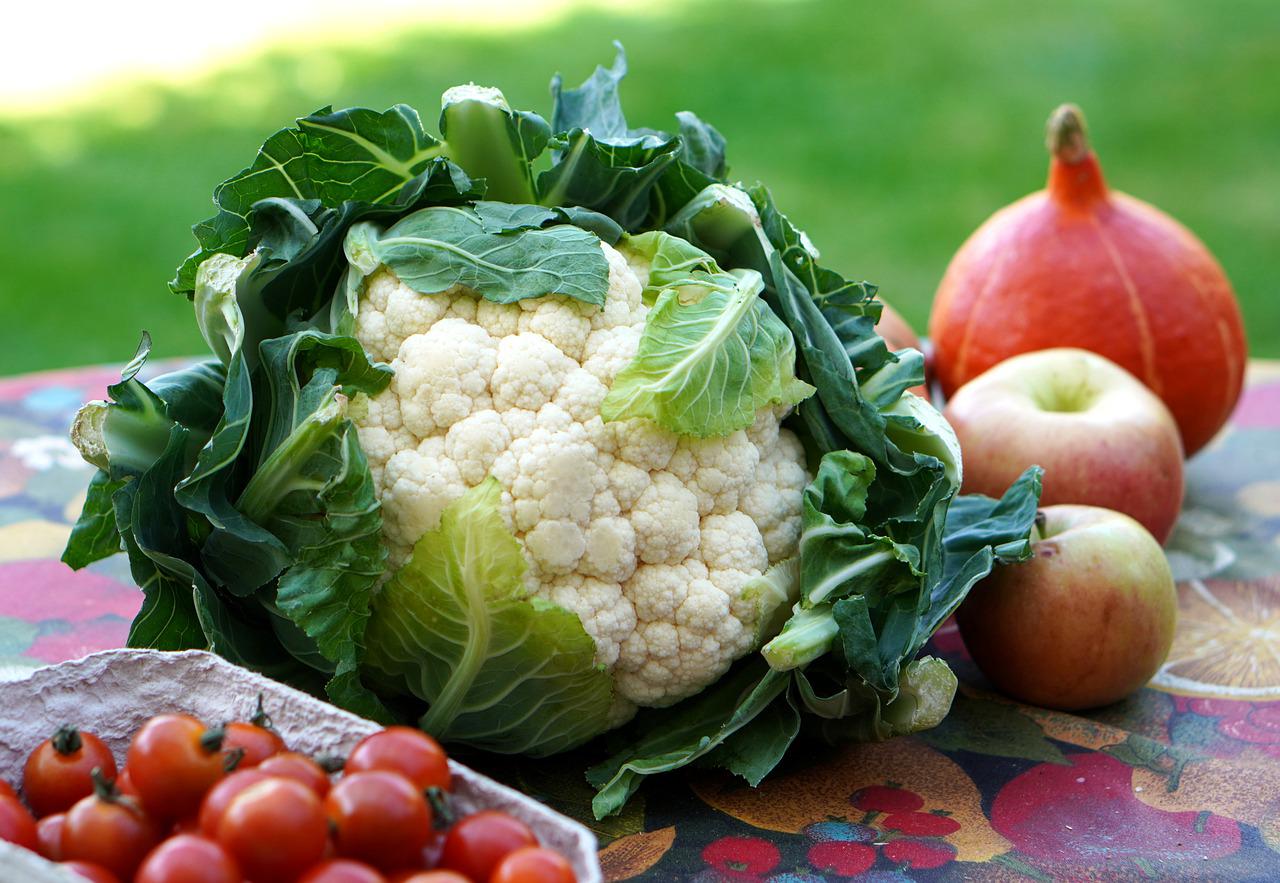
Variety of white, firm and voluminous peel, with a fine grain, it is precocious and resistant to cold.
French heritage. Great winter variety of cauliflower originating from the French region of Angers. This cauliflower produces large white heads that can be harvested in April.
- Scientific name: Brassica oleracea.
- Plant type: annual.
- Optimal germination temperature 15-23°C.
- Germination time in days 8-10 days.
- Indicative days to maturity: 70-80 days.
- Sunlight: Full sun.
- Soil requirements: rich in clay and humus.
Sowing indoors from July.
Cover the seeds with a thin layer of soil. Transplant when the plants have 4 to 5 leaves, every 50 cm in rows 50 cm apart, without burying the stem too much. For planting in the ground, plant lightly in rows 50 cm apart. Loses up to 50 cm in the line.F
Canberra
Cauliflower of Australian origin, with medium-sized, white, very equal and compact pellets.
Primus
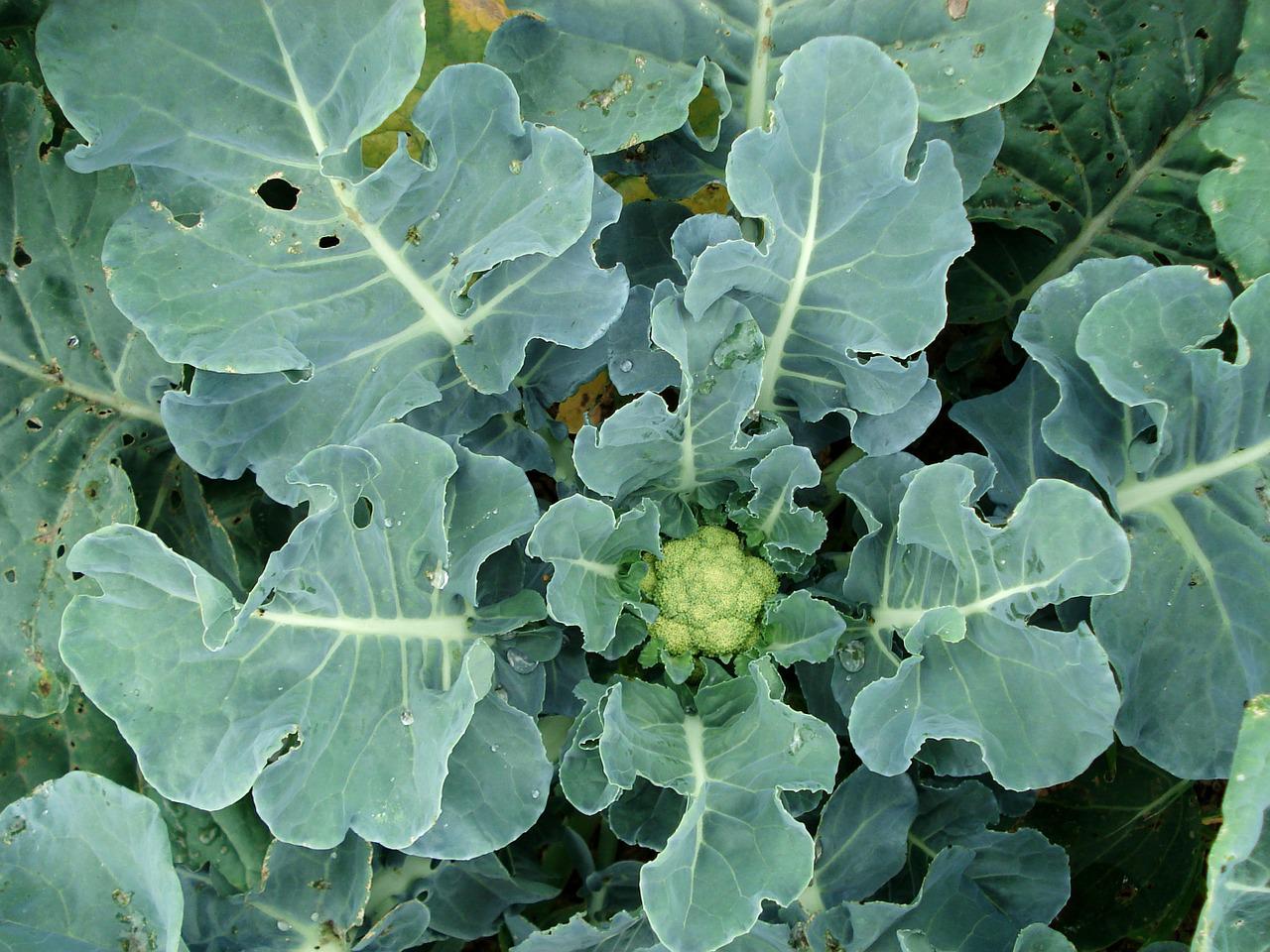
French variety, tall, with good-sized, white, spherical, compact, fine-grained, hard pellets.
Durato Cauliflower
A variety of cauliflower from the Netherlands, with white heads, spherical, compact, fine-grained and hard.
Cauliflower Cartier F1
Cauliflower with a dense and voluminous head, it is an easy and vigorous variety.
Long-cycle varieties, between mid- winter and early spring, harvesting between 4 and 6 months, such as these:
The armed
We have here a cauliflower with a firm and generous head, completely covered by vigorous foliage. It is one of the most frost resistant varieties.
Late Lenten Cauliflower
It is a very cold resistant variety. Semi-dark green leaves, good size, fine-grained, hard, good-sized, compact, white pellets .
San Jose Cauliflower
Original from the Mediterranean, with very large hollow-type pellets. The hollow pellets are of branching inflorescences, and are of fine flavor, less compact and hollow inside.
Ebro cauliflower
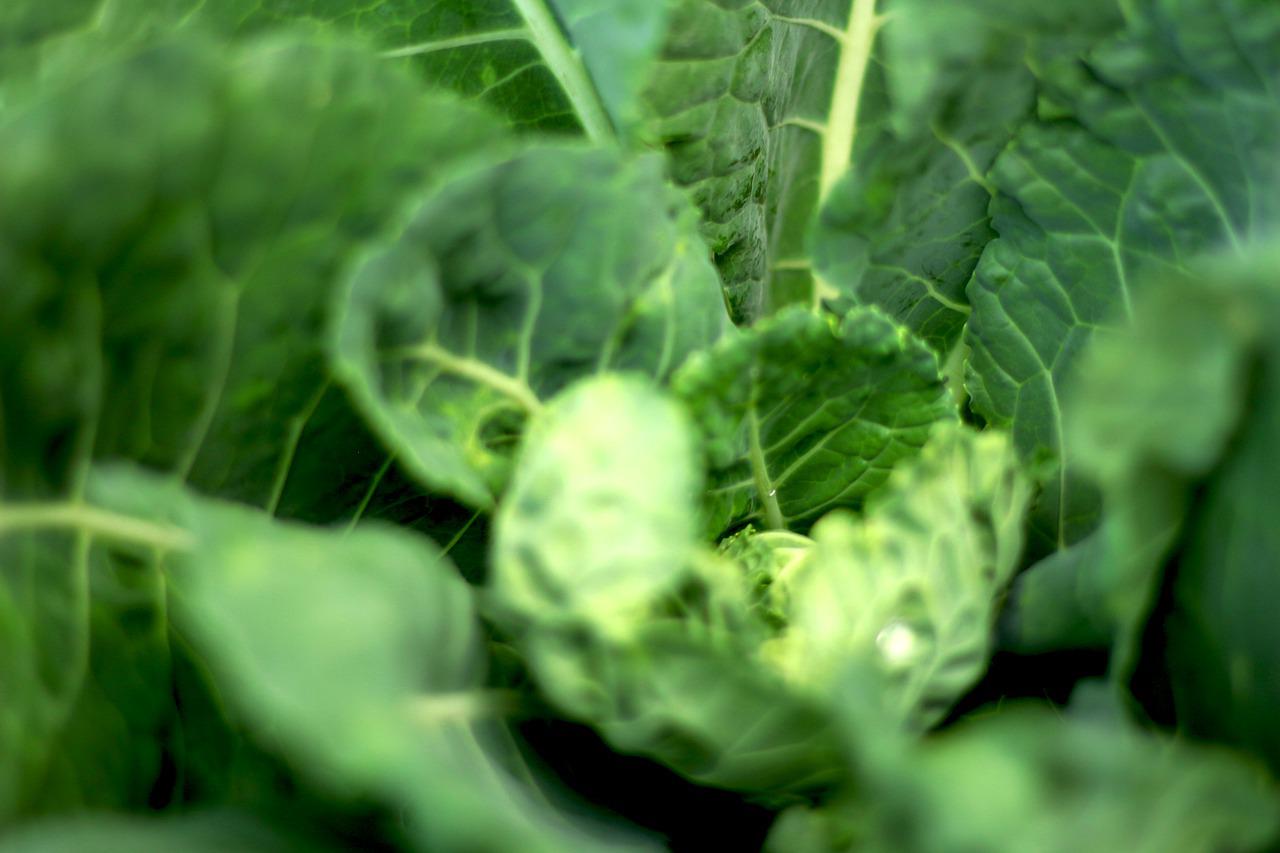
It is one of the very late varieties, from the Iberian Peninsula, with white pellets, with a hard grain, irregular on its surface, but large and spherical.
There are numerous other varieties of cauliflower in the world, some classified according to their origin, such as Dutch giant, Australian, Italian giant and Mediterranean.
Finally, it is good to say that white cauliflower does not have green pigmentation because it is grown without sunlight; On the other hand, the green one, cultivated with light, has a more intense aroma and better flavor.
The abode is the most expensive and difficult to find, as we have indicated before. Jaffa has an orange hue and cheddar is yellow in color.
Cauliflower Characteristics
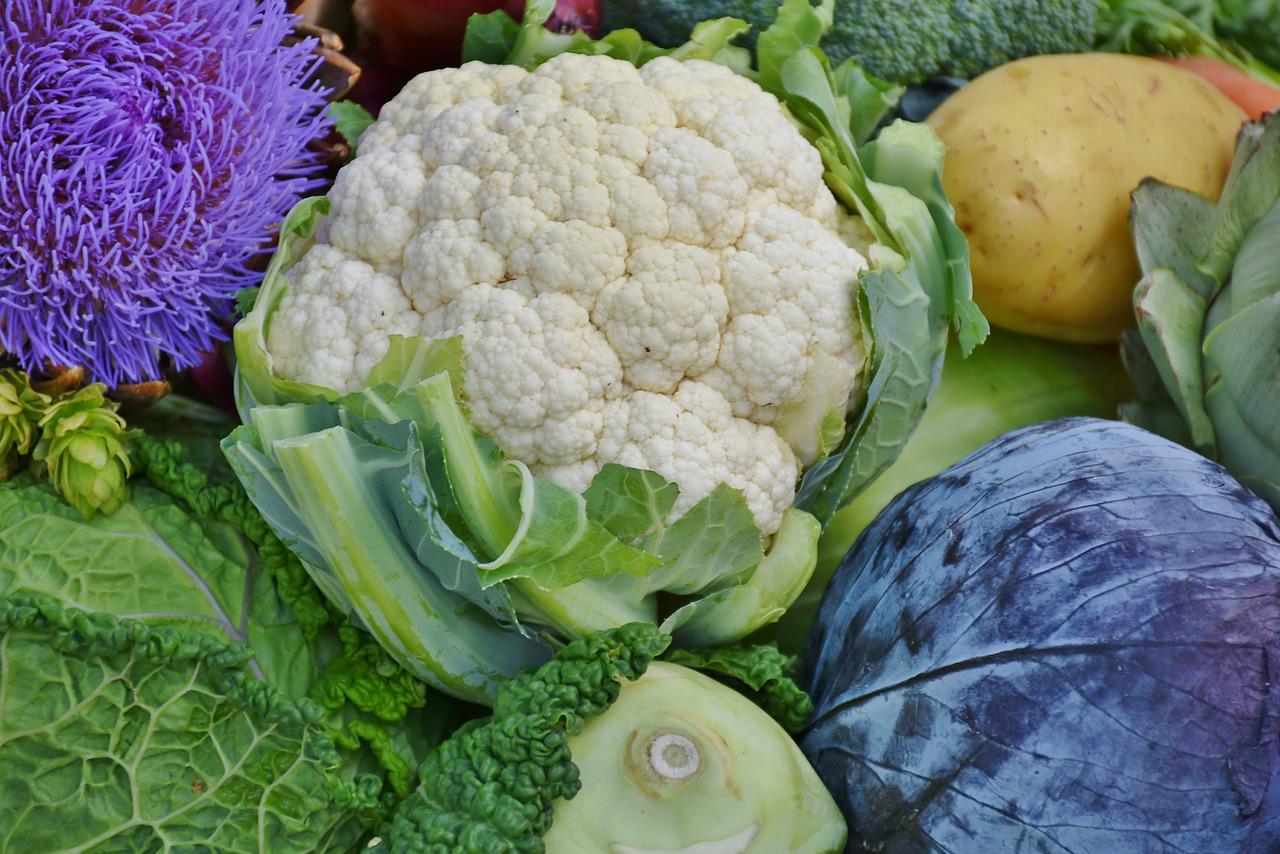
Cauliflower produces a set of flowers, a large rounded head or head and white, yellow, purple and green. The green one is called boliflor because of its origin in the crossing of cauliflower and broccoli; It has a more intense and sweet flavor than white cauliflower and also more vitamin A and C.
Despite its strange color, purple cauliflower does not come from any crossing, rather it is very natural and contains more antioxidants than white cauliflower. It is not very common in the market, but its price is higher.
Cauliflower leaves are oval or elliptical in shape, sometimes with crinkled edges, and sharp, white veins. The stem is a voluminous mass of flower buds thickened and pressed against each other, white in color, which is the part to be consumed. When harvested, cauliflower can measure 30 centimeters and weigh 2 kilos 500 grams.
Cauliflowers are plants of cold seasons, although these should not coincide with frosts or very hot stages.
Some tips on planting
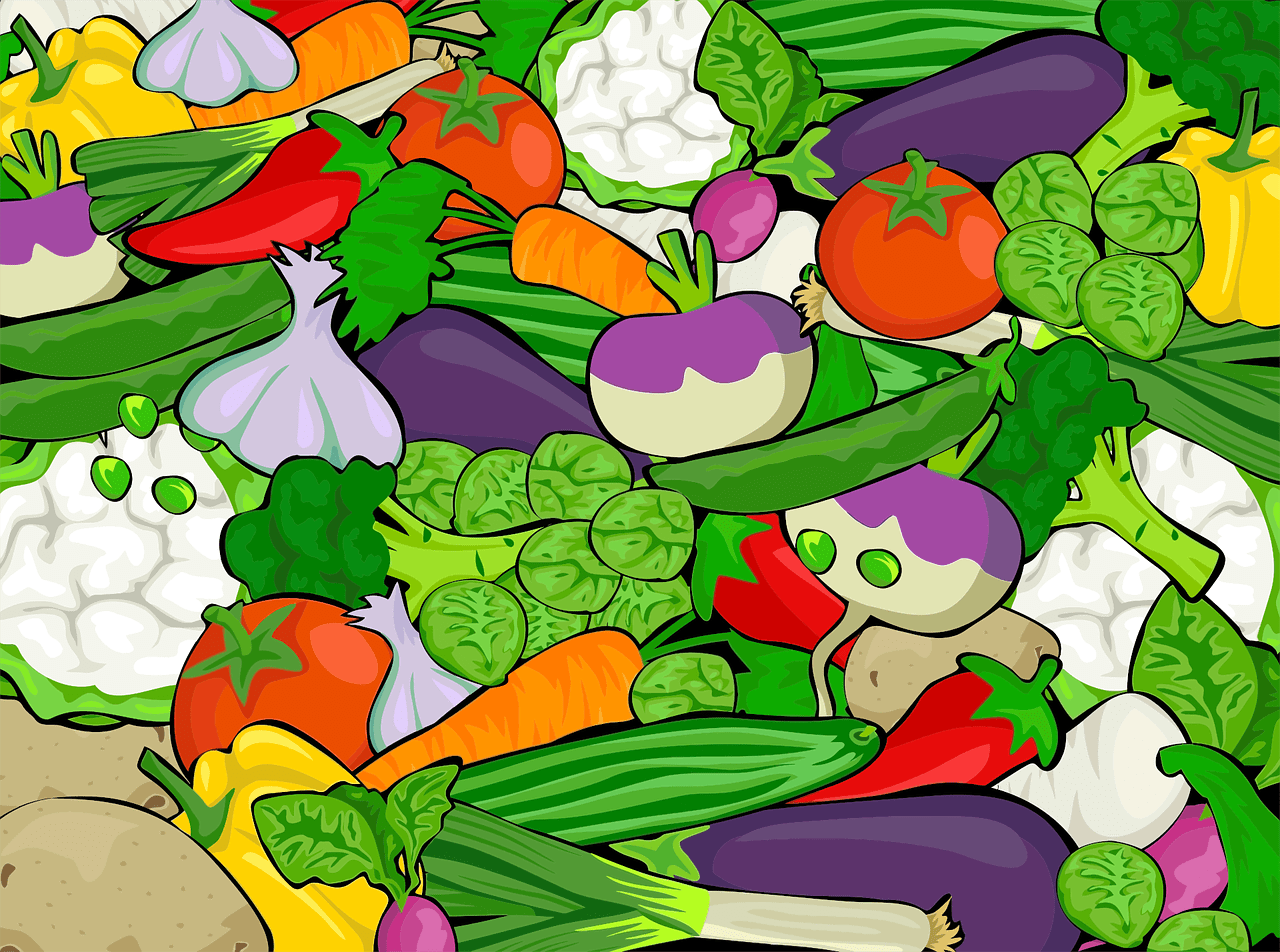
Although we have an extensive article, in which you can delve into the sowing of cauliflower, we are going to give you some guidelines if what you want is to be able to grow them in your garden.
Cauliflower requires a series of care, especially when sowing, following established guidelines according to the months of the year and each of its varieties.
There are early, semi-early and late varieties, each with different options for adaptation to climate.
Thus, we have that the summer-autumn varieties must be sown from January to March, in a protected seedbed or in a hot bed; the autumn- winter varieties, which is the early collection, in an open-air nursery, from May to June, and the winter-spring varieties, late collection, in an open-air nursery, from July to September.
Cauliflower prefers temperate climates because it does not get along with temperatures below zero, but that depends on the type of plant, as there are some that are resistant to frost, such as El armado. The spring ones pass the time well, but the summer ones require warm temperatures between 15ºC and 21ºC.
Like all cruciferous vegetables, this plant needs neutral soils, pH 5-7, with good drainage and rich in organic matter, and it does not adapt to limestone soils. But the important thing is to maintain humidity throughout the crop cycle, taking into account that it is a large plant, and nitrogen is very important in this regard.
The harvest will be done when the pellets are hard, with good consistency. After cutting the stem with a knife, consume them that same week, although there is a method to extend their life, which consists of completely uprooting the plant and keeping it in a cool place.

![Photo of Indoor Palm Tree Care: [Soil, Humidity, Pruning and Problems]](https://www.complete-gardening.com/wp-content/uploads/2022/08/indoor-palm-tree-care-soil-humidity-pruning-and-problems-390x220.jpg)
![Photo of Neem Oil: [20 Reasons to Use It in Your Garden and How to Do It]](https://www.complete-gardening.com/wp-content/uploads/2022/08/neem-oil-20-reasons-to-use-it-in-your-garden-and-how-to-do-it-390x220.jpg)
